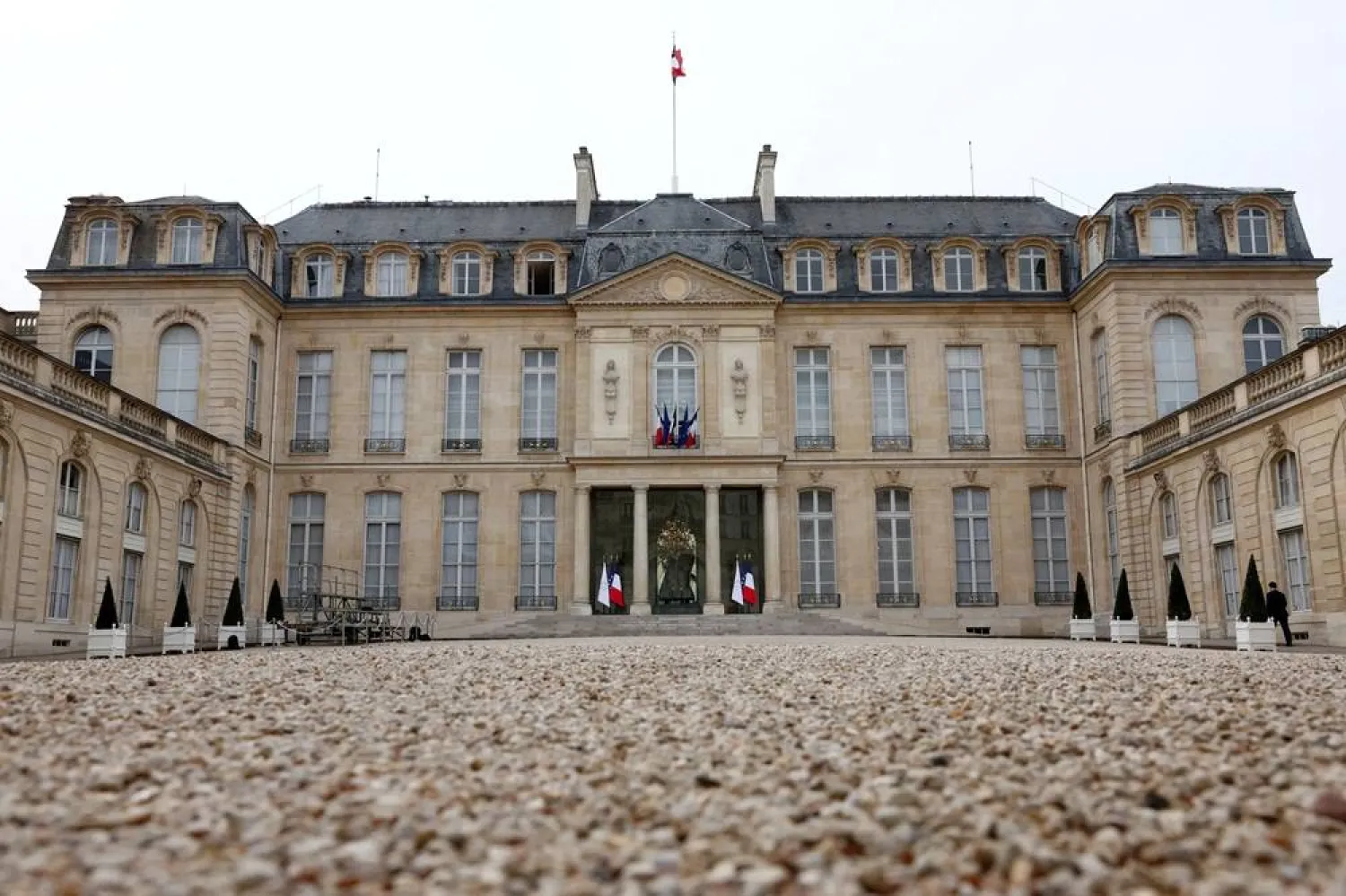The General Entertainment Authority (GEA) has launched the national program to discover talents dubbed "Entertainment Challenges". The program aims to discover, develop and enable the best talents to reach world class levels in 20 categories.
The program aims to discover national talents in various fields of entertainment, and its scope would be broadened to include all Saudis, along with encouraging all segments of the society to take part with a local entertainment content that suits the Kingdom’s image and culture. Winners will receive a fund of SR20 million ($5.3 million) to train and take their talents to an international audience.
Turki Al-Sheikh, chairman of the General Entertainment Authority (GEA), announced that winners of the three first places in all the challenges will be supported with training programs aimed at developing their talents and enhancing their potentials. Prizes will be given to the winners as follows: SR500,000 ($133,000) for the first place, SR300,000 for the second, and SR200,000 for the third.
The 20 entertainment challenges are: entertainment song, laughing marathon, graffiti artist, Saudi singer, national poet, Saudi circus, nature Olympics, entertainment activities, acting, folk dances, tank shows, kingdom chef, car shows, Saudi cartoon, animal shows, magic arts, skiing, Saudi comedy, video and photography, and events coverage.
The Authority said it will be ready to receive any proposal on other entertainment talents that are not included in the available categories.
The GEA announced that doors for registration have been opened until April 30. The evaluation and nomination stage is scheduled on May 1 to July 30, and live performance shows before the jury will take place from July 1 until Aug. 31.









